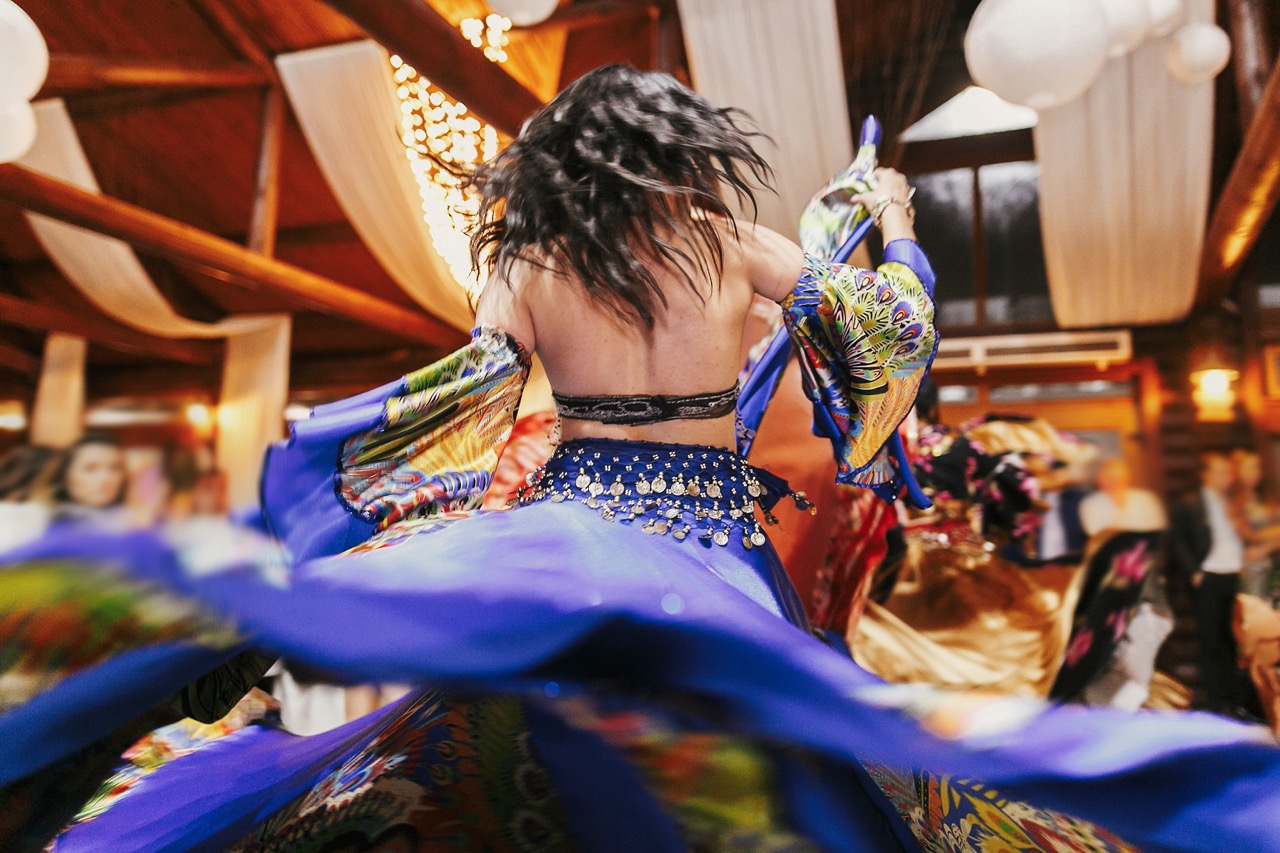Selecting the right dance wings for a ballet performance can make a significant difference in both the aesthetic appeal and the dancer’s experience. Dance wings, with their ethereal presence and flowing movement, can enhance the storytelling aspect of a performance, creating a visual feast for the audience. However, the process of choosing these wings requires careful consideration of various factors, including design, fabric, fit, and the overall vision for the performance. In this article, we will explore the art of selecting dance wings that not only complement the dancer’s movements but also align with the themes and emotions of the ballet.
Unveiling the Art of Selecting Dance Wings for Ballet
Choosing dance wings is more than just picking a beautiful accessory; it’s about creating a cohesive visual narrative that aligns with the choreography and music. When selecting wings, dancers should first consider the overall theme of the performance. For instance, if the ballet portrays a whimsical fairy tale, lighter, more colorful wings may be appropriate to evoke a sense of magic and wonder. In contrast, a darker, more dramatic ballet may call for wings with deeper tones or more intricate designs to reflect the mood and character dynamics.
Another critical aspect is the type of choreography involved. Some ballet performances feature fluid, sweeping movements that can be beautifully accentuated by large, flowing wings, while others may require more compact and agile designs that allow for intricate footwork and quick transitions. Dancers should also engage with their choreographer to ensure the wings align with their artistic vision, ensuring that every element of the performance integrates harmoniously.
Lastly, dancers must consider the logistics of the performance environment. Whether on a grand stage or in a more intimate setting, the wings should be chosen to suit the specific venue. Lighting, stage dimensions, and the distance from the audience all play a role in how the wings will be perceived. By thoughtfully considering these elements, dancers can select wings that not only look stunning but also enhance the overall performance experience.
Key Factors to Consider When Choosing Dance Wings
When choosing dance wings, one must consider the specific materials employed in their construction. Different materials offer varying levels of durability, weight, and aesthetic appeal. For instance, lightweight fabrics such as silk or chiffon can create a soft, airy effect, allowing the wings to float gracefully with every movement. Conversely, sturdier materials like tulle or organza can provide a more structured look, perfect for performances requiring bold visual statements.
Another crucial factor is the wings’ size and shape. Wings come in a variety of dimensions, from petite designs that gently flutter to large, dramatic pairs that command attention. Dancers should assess their own physicality and the style of the ballet when selecting wing dimensions. Tall dancers may carry larger wings gracefully, while shorter dancers might find more success with smaller, streamlined designs that enhance their movements without overwhelming their frame.
Color and design also play vital roles in the selection process. The color palette should resonate with the character’s emotions and the ballet’s narrative arc. For instance, soft pastels might convey innocence, while rich jewel tones may evoke passion and intensity. Additionally, the inclusion of embellishments, such as sequins or embroidery, can add sparkle and depth to the wings, making them truly stand out under stage lights. Ultimately, the choice of wings should reflect a harmonious blend of function and artistry.
Exploring Fabrics and Designs for Stunning Performance Wings
The choice of fabric is paramount when selecting dance wings, as it significantly influences the visual effect and flow of the wings during a performance. Fabrics like satin or silk can provide a luxurious appearance, catching the light beautifully and adding a touch of elegance. Chiffon, on the other hand, is lighter and tends to drape more softly, creating a delicate effect that can enhance softer ballet movements. Understanding the properties of these materials allows dancers to choose wings that will not only look beautiful but will also enhance their movements without hindrance.
Design variations, including wing shape and construction, also contribute to the dancer’s overall performance. Classic butterfly wings, for example, are timeless and can evoke a sense of whimsy. Meanwhile, modern interpretations may feature asymmetrical designs or minimalist silhouettes that align with contemporary ballet styles. Exploring various design options ensures that dancers can find wings that reflect their unique artistry while also serving the storytelling aspect of their performance. Collaborating with a designer or seamstress to create custom wings can also result in a truly one-of-a-kind piece that embodies the dancer’s vision.
Moreover, considering the color palette of the wings is essential. Color choices should harmonize with the dancer’s costume and the overall staging of the performance. Bright colors can create a striking contrast against a dark stage, while muted tones may complement a more subdued aesthetic. Designers often incorporate gradients or patterns to create visually captivating wings that change appearance as the dancer moves. Engaging in discussions with costume designers and choreographers can help refine these choices, ensuring that the wings enhance the dancer’s portrayal and resonate with the audience.
Mastering the Perfect Fit: Enhancing Your Dance Experience
Achieving the perfect fit for dance wings is crucial for a successful performance. Ill-fitting wings can hinder movement, distract from choreography, and undermine the dancer’s confidence on stage. When trying on wings, dancers should consider the range of motion required for their specific routines. Wings should allow for a full range of arm movements without restriction, making it essential to test the wings while performing basic ballet steps to ensure comfort and flexibility.
Additionally, many wings come with adjustable features, allowing dancers to customize the fit to their unique body shape and size. Look for wings with adjustable straps or fastening systems that can be easily modified for both comfort and security. Ensuring that the wings stay securely in place during dynamic movements is key to avoiding wardrobe malfunctions that could disrupt the flow of the performance. Dancers should prioritize wings that not only look visually appealing but also support their physical performance requirements.
Finally, it’s important to practice with the wings before the actual performance. This allows dancers to become accustomed to the added weight and feel of the wings, helping them adapt their movements accordingly. Rehearsing with the wings not only builds confidence but also assists in refining choreography that utilizes the wings beautifully. By mastering the fit and functionality of the wings, dancers can elevate their performance, captivating the audience with both their artistry and the stunning visual effect of their wings.
Choosing the right dance wings for a ballet performance is an intricate process that intertwines artistry with practicality. By considering factors such as design, fabric, fit, and the overall theme of the performance, dancers can select wings that enhance their movements and contribute to the narrative being portrayed. With careful planning and creative collaboration, the right set of wings can transform a dancer’s performance into an unforgettable spectacle, leaving a lasting impression on the audience. As dancers take flight with their chosen wings, they embody the very essence of ballet—grace, beauty, and expression—all interwoven into a captivating dance.










